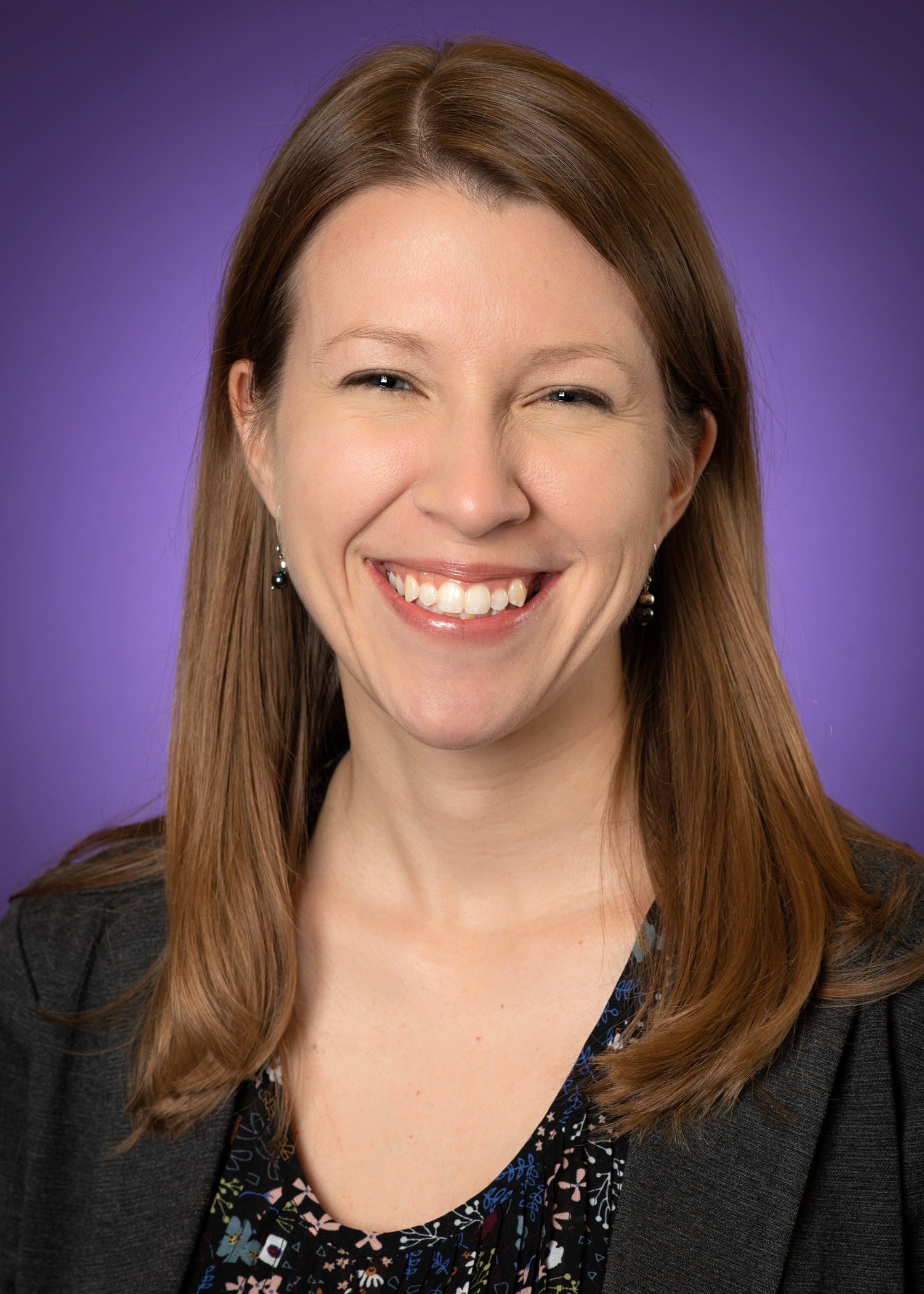 Aligned with our commitment to excellence in health care education, Harris College
delves into the factors influencing the literacy development of children who are deaf
and hard of hearing.
Aligned with our commitment to excellence in health care education, Harris College
delves into the factors influencing the literacy development of children who are deaf
and hard of hearing.
We spoke with Associate Professor in communication sciences and disorders Emily Lund, Ph.D., CCC-SLP, to examine the literacy development of children who use hearing aids and cochlear implants.
How does use of a hearing aid or cochlear implant influence the literacy development of children who are deaf and hard of hearing?
When children with typical hearing learn to read, they do so by taking what they know about speech and translating it to print. Children learn that letters represent speech sounds, and when they begin to sound out words or spell words, they draw on their knowledge of how a word sounds when you say it. Children who are deaf/ hard of hearing and learning spoken language through a hearing aid or cochlear implant face a couple of challenges. First, hearing aids and cochlear implants, although they give children access to sound, do not give them perfect access to sound. Second, because children who are deaf and hard of hearing often receive delayed access to sound, their brains still have to learn to process some of those sounds. Relying on imperfect awareness of individual speech sounds can make learning to read more difficult.
How do the challenges differ between children with cochlear implants/hearing aids from monolingual homes and those from bilingual homes?
It’s important to emphasize that there are not differences in learning ability: bilingualism does not make learning language harder, even if a child is deaf or hard of hearing. The idea that learning two languages would confuse a child is a myth. What does differ between monolingual and bilingual children may be driven by myths around bilingualism. We have observed, when we study children who speak a language other than English at home, that different hearing loss management recommendations appear to exist for monolingual versus bilingual children. The fields of speech-language pathology and audiology are primarily monolingual and there is often a shortage of professionals who speak the home language of bilingual children. This creates a disparity in the provision of healthcare to families who do not speak English at home.
What are some effective strategies for supporting the literacy development of children who use hearing aids or cochlear implants?
It is important for speech language pathologists to recognize that children with hearing aids and cochlear implants likely need substantial support in the development of phonological awareness and associated skills, and that support may extend beyond the time we typically expect for children with typical hearing. For example, fourth grade teachers may not expect to have to continue work on decoding with children in their classes. Additionally, it is not always a safe assumption that children who learn language through a hearing aid or cochlear implant do not have “gaps” in their language knowledge: even when a child with a hearing aid or cochlear implant speaks similarly to their peers with typical hearing, it does not mean they do not have some vocabulary deficits. Research on high-quality interventions for literacy in children with cochlear implants and hearing aids is still in its infancy; we are still learning what works best, and for which children.
How do you incorporate findings from your research into your teaching and clinical practice?
One of the great things about being in a university setting is that I can update the information that I present to students (our future speech-language pathologists) as soon as it is collected and analyzed. For example, one of the findings from my work relates to the importance of incorporating “semantic richness” for children who are deaf and hard of hearing when teaching vocabulary. I have been able to share in-depth looks at how that research was completed and protocols for teaching words in semantically rich ways. A commonly cited finding in clinical practice is that it can take up to 17 years for work completed in a research laboratory to make it out into typical practice in the field. I hope the work we are doing helps close that gap as we give students an insider view on how research is conducted, how to interpret it, and how important it is.
Can you discuss the importance of early intervention in the literacy development of children with hearing aids and cochlear implants?
Even though children might not begin formal reading instruction until they enter school, the building blocks of reading are developed in infants and toddlers. The most efficient path to reading is to connect printed words with spoken words. It is possible to learn to read in a language that you do not speak well but print in the English language represents speech. Therefore, early intervention in language development supports later academic outcomes based on language. If a child is going to learn through a cochlear implant or hearing aid, we know that fitting that device earlier is better. Additionally, early intervention has substantial benefits for parent-child connections as well because it focuses on helping parents communicate with their child.
What are important next directions in literacy development for children who are deaf and hard of hearing who listen through cochlear implants or hearing aids?
There is still a lot of work to do to establish the best ways to support children with cochlear implants and hearing aids – and technology is changing all the time! Children with a hearing loss diagnosis require some special considerations when they are treated by speech-language pathologists, and most school-based speech-language pathologists are not comfortable in their knowledge of working with deaf and hard of hearing children. Some of the most exciting future avenues of future work include using telepractice to reach children who may not have regular access to service providers with specialty knowledge. Additionally, technology will likely serve a role in connecting families of children who are deaf and hard of hearing with other families who have walked a similar path: it is not uncommon for participants to share with us that they have never met another family that has dealt with their same challenges (e.g., a family who lives in a rural area and has a child with a cochlear implant). I hope my research team can be part of creating these supports!
Harris Talks is a thought leadership series where our faculty experts tackle pressing questions on current health care topics. This series enriches our health care education and practice, equipping our students with the knowledge to effectively address complex health challenges.
